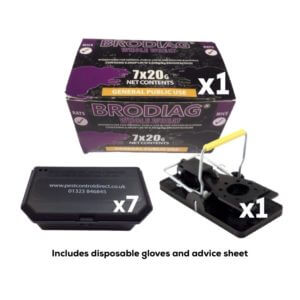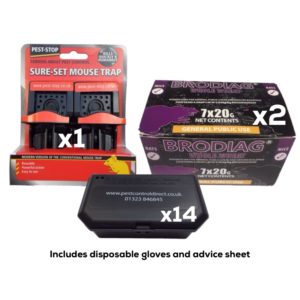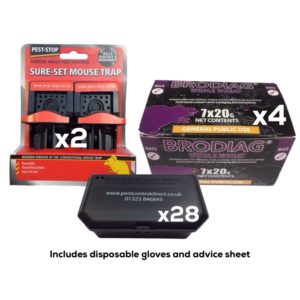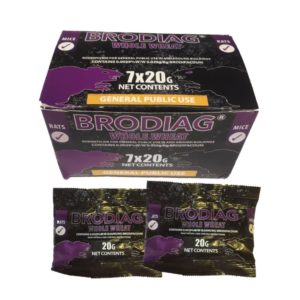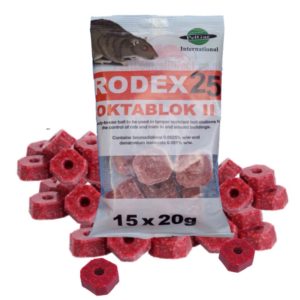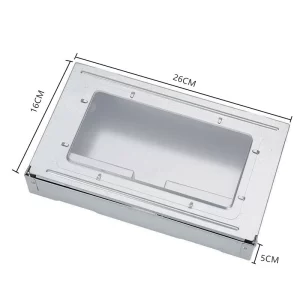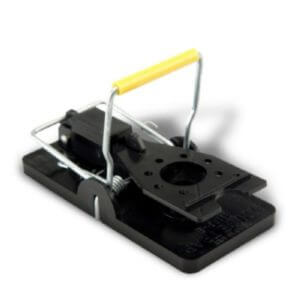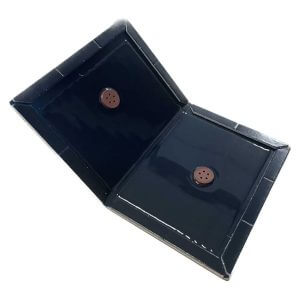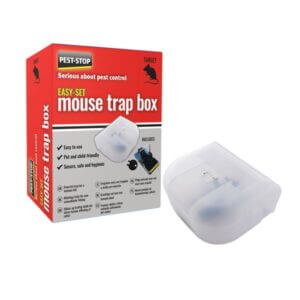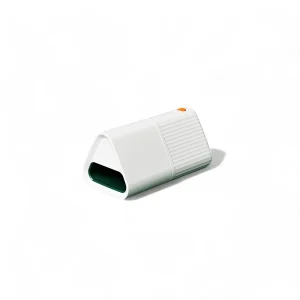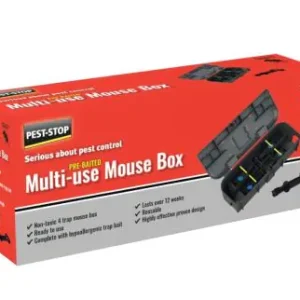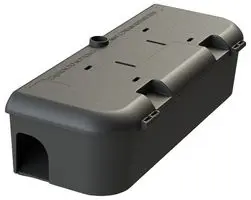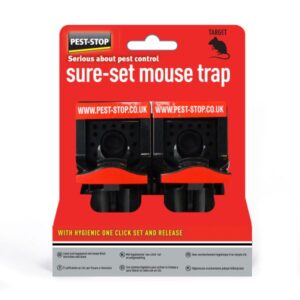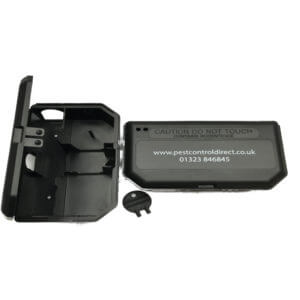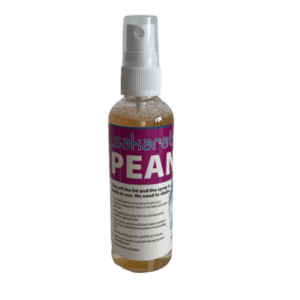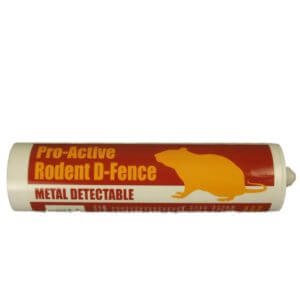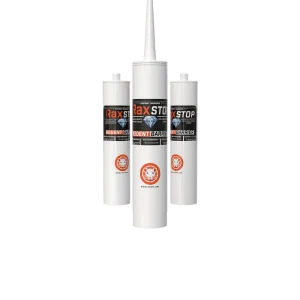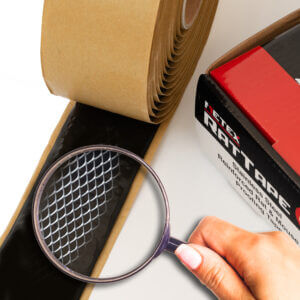Mice
-
MousePak 1 to control a minor mouse problem
£13.98 Including VAT99% Efficacy Single Feed Poison included
-
Mousepak 2 to control a moderate mouse infestation
£25.20 Including VAT99% Efficacy Single Feed Poison included
-
MousePak 3 to control a heavy mouse infestation
£37.20 Including VAT99% Efficacy Single Feed Poison included
-
Brodiag Single Feed Rat/Mouse Poison (7 x 20g Sachets)
£5.04 Including VAT99% Efficacy – Wholewheat Sachets
-
-
-
-
-
-
-
-
-
-
-
-
-
-
-
-
-
-
-
-
Pro-Active Rodent D-Fence (mouse and rat proofing sealant)
£18.00 Including VATPCD proofing sealant with wire integrated
-
-
-
-
Here is a range of pest control products for dealing with Mice.
There are packs of products designed to enable you to simply deal with virtually any rodent infestation in a professional manner.
If you need help, feel free to call us for free advice. All our telesales staff have been trained to a high level in general pest control and can therefore assist with most pest and rodent problems you may encounter.
A GUIDE TO ACTIVE INGREDIENTS WE STOCK:
BRODIFACOUM:
Brodifacoum, a second generation anticoagulant, has perhaps the highest rodent toxicity of all the anticoagulant rodenticides. When introduced it was found to be effective against susceptible and first generation anticoagulant resistant rodent. Because of its higher toxicity and other characteristics, brodifacoum is able to deliver and acute LD50 dose through its consumption in bait of less than 10% of the average daily food intake of both rats and house mice. This high toxicity does not reduce the average time of death of the rodents nor does it reduce the average time taken to control an infestation. It does decrease the amount of bait that has to be consumed to ingest a lethal dose and potentially the number of days over which bait consumption takes place.
BROMADIOLONE:
Bromadiolone is a second generation anticoagulant. When introduced it was effective against first generation anticoagulant resistant populations of both rats and mice, although there was some suggestion that treatments against resistant house mice populations might need to be extended. Even with its higher rodent toxicity than many other anticoagulants, it is not considered sufficiently toxic to be used under a pulsed baiting regime and saturation baiting is recommended for this anticoagulant. It can be used both indoors and outdoors and is available for amateur use.
DIFENACOUM:
Difenacoum was the first of the second generation of anticoagulants. It was discovered as a result of the search for alternative anticoagulants to overcome warfarin resistant rat and mouse infestations. Field trials in the early 1970s indicated that difenacoum was effective at eliminating warfarin resistant common rat populations and it also gave high levels of control against warfarin resistant populations of house mice. Some problems with palatability have been reported which seem to have been overcome in more recent years. Difenacoum should be applied using the saturation baiting technique. It can be used indoors and outdoors and is available for amateur use.

